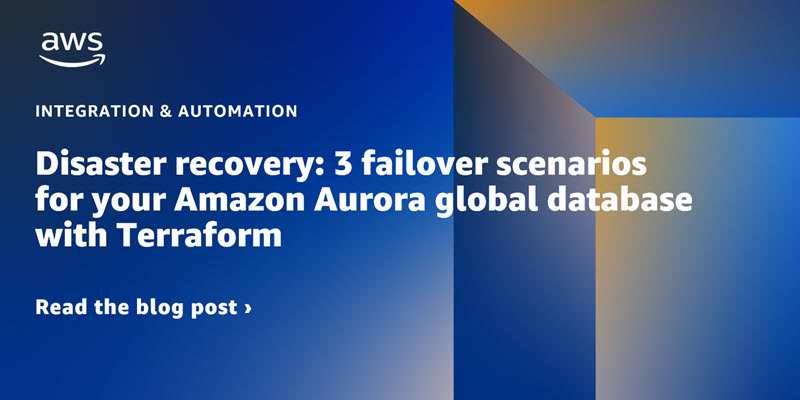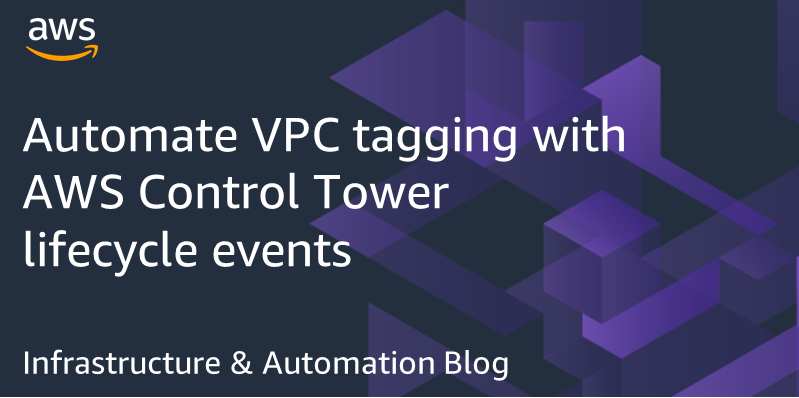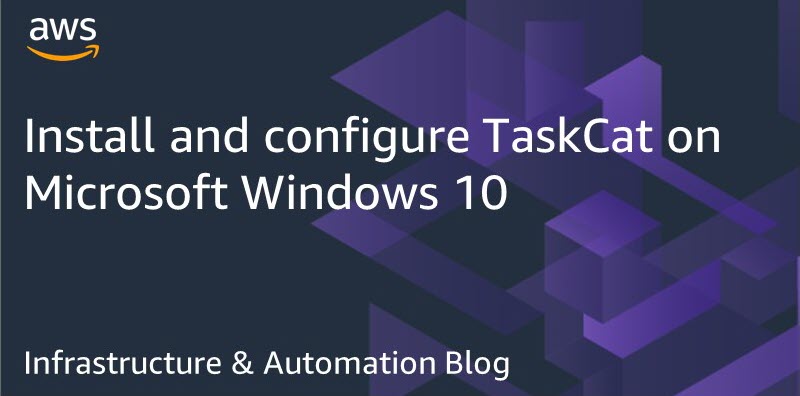Integration & Automation
Category: Advanced (300)
Manage multiaccount and multi-Region infrastructure in Terraform using AWS Cloud9
Learn how to reduce the use of managing secret and access keys and quickly deploy all the resources. Use version control to track all changes and enable better control in a multiaccount infrastructure.
Automate sports data polling with AWS Step Functions
AWS collaborated with the Pacific Science Center (PacSci) in Seattle to build a customized light display in the iconic arches of PacSci’s Seattle Center campus. This post will show you how to deploy the PacSci automated sports data polling system for your use.
Keep your AWS resources when you rename an AWS CloudFormation stack
Learn how to change the name of a CloudFormation stack without deleting the resources that it manages. In the walkthrough, which uses a simple architecture with a single resource, a virtual private cloud (VPC), you add a Retain attribute to the resource’s deletion policy so that the resource isn’t lost when that stack is deleted.
Create a more secure LAMP stack with AWS WAF (web application firewall)
Learn how to create a more secure LAMP stack with AWS WAF, Route 53 domain, and AWS Certificate Manager. This post walks you through automation steps to deploy a highly available LAMP-stack application with a web application firewall.
Disaster recovery: 3 failover scenarios for your Amazon Aurora global database with Terraform (Part 2)
Simulate recovering an Amazon Aurora global database after a disaster. Walk through three failover scenarios, observe their effect on Terraform state, and learn how to maintain the global database topology and configuration using Terraform.
Prepare for faster disaster recovery: Deploy an Amazon Aurora global database with Terraform (Part 1)
Learn how to automate the deployment and management of an Amazon Aurora global database—across multiple AWS Regions—with Terraform. This architecture can provide disaster recovery from Region-wide outages with low recovery time objective (RTO) and recovery point objective (RPO).
Automate VPC tagging with AWS Control Tower lifecycle events
Automatically tag resources in an AWS account created by AWS Control Tower.
Use AWS CDK to initialize Amazon RDS instances
Combine IaC resources and Lambda functions with the AWS CDK framework to initialize Amazon RDS scripts.
How to automate your software-composition analysis on AWS
In this blog post, we discuss an operation that reduces the risk of downloading new packages from public repositories.
Install and configure TaskCat on Microsoft Windows 10
Install and configure TaskCat on Windows 10 with Windows Subsystem for Linux 2 (WSL 2) and test an AWS CloudFormation template.









